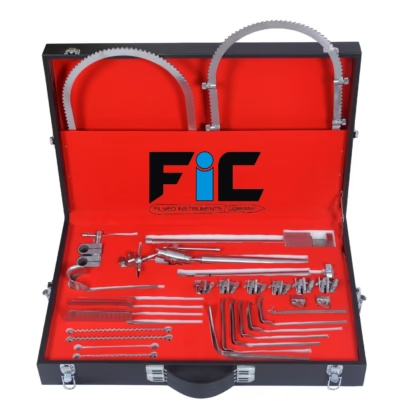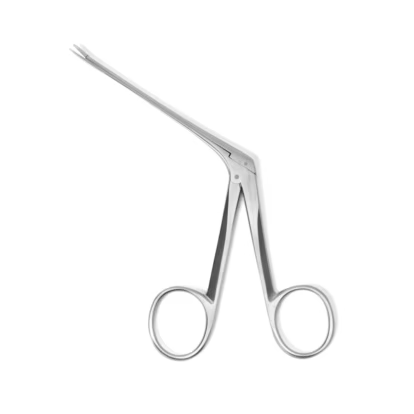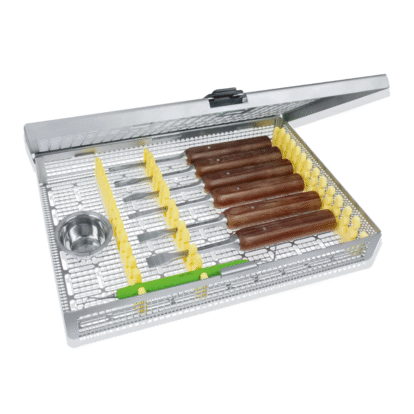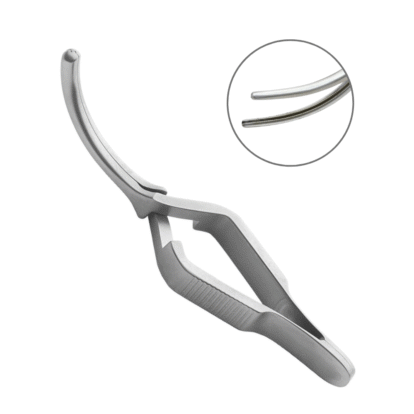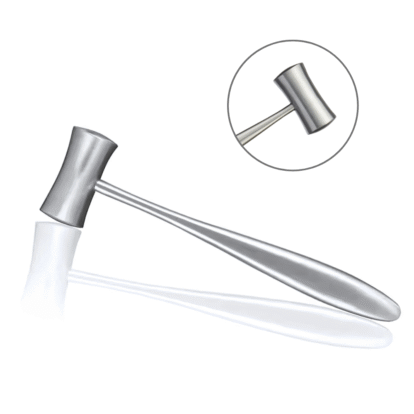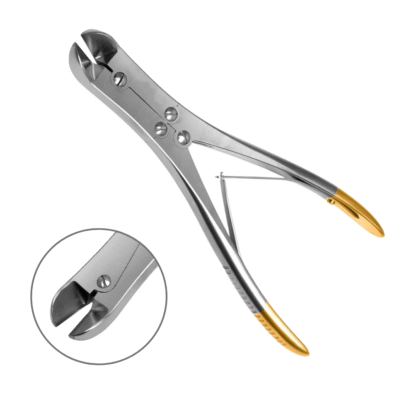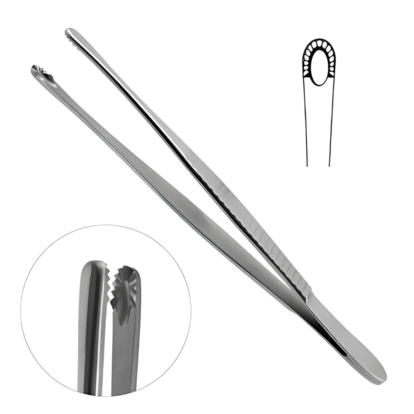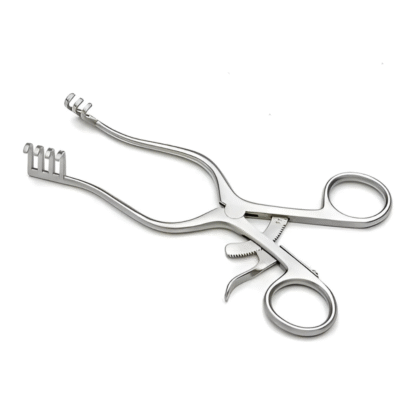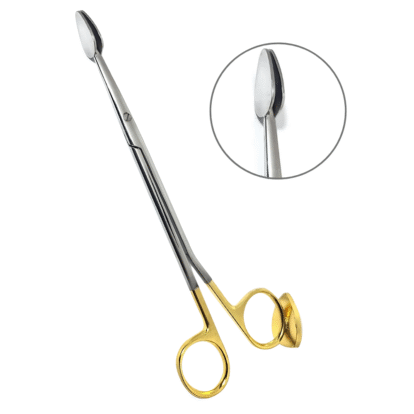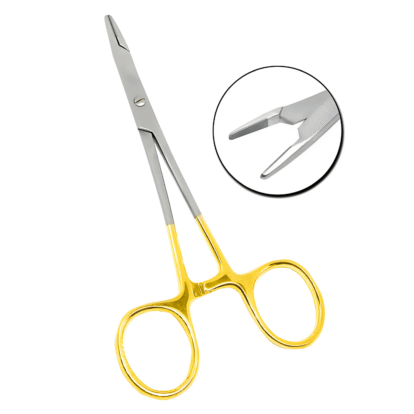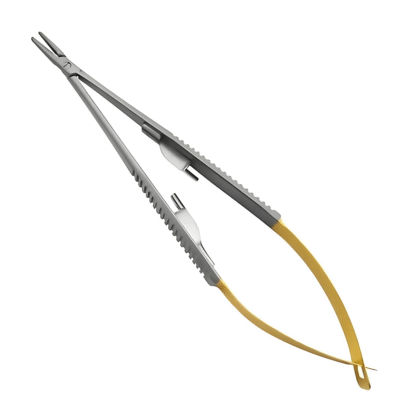- Empty cart.
- Continue Shopping
Disposable vs. Reusable Surgical Instruments: Cost, Safety & Environmental Impact Compared

The debate between disposable vs. reusable surgical instruments is a critical one in modern healthcare. Hospitals and surgical centers must balance cost, safety, infection control, and environmental impact when choosing between single-use and reusable tools.
This article provides a detailed comparison of disposable and reusable surgical instruments, examining their cost-effectiveness, safety risks, sterilization requirements, and environmental footprint to help healthcare providers make informed decisions.
1. Cost Comparison: Disposable vs. Reusable Surgical Instruments
Initial Costs
- Disposable instruments have a lower upfront cost since they are purchased in bulk and used once.
- Reusable instruments require a higher initial investment but can be used hundreds or thousands of times after proper sterilization.
Long-Term Costs
- Disposable instruments may seem cheaper initially, but frequent repurchasing adds up over time.
- Reusable instruments involve sterilization, maintenance, and repair costs, but they are more cost-effective in the long run for high-volume surgeries.
Studies show:
- A 2018 study in JAMA Surgery found that reusable instruments saved hospitals up to 50% over five years compared to disposables for common procedures.
- However, for low-volume or specialized surgeries, disposables may be more economical.
Hidden Costs
- Disposable instruments eliminate sterilization labor but increase waste disposal fees.
- Reusable instruments require autoclaves, staff training, and potential repair costs if damaged.
Verdict:
- High-volume hospitals benefit more from reusable instruments.
- Small clinics or emergency settings may prefer disposables for convenience.
2. Safety & Infection Control: Which Is Safer?
Risk of Cross-Contamination
- Disposable instruments are sterilized and sealed, reducing infection risks.
- Reusable instruments must undergo strict sterilization protocols; any failure can lead to surgical site infections (SSIs).
Sterilization Challenges
- Prions (e.g., Creutzfeldt-Jakob disease) and biofilms can survive standard sterilization, making disposables safer for high-risk cases.
- Reusable instruments require validated cleaning processes to ensure safety.
Studies indicate:
- The CDC states that properly sterilized reusable instruments are just as safe as disposables.
- However, human error in sterilization remains a concern.
Verdict:
- Disposables reduce infection risks in high-risk surgeries.
- Reusable instruments are safe when properly sterilized but require strict protocols.
3. Environmental Impact: Which Is More Sustainable?
Waste Generation
- Disposable instruments contribute to medical waste, increasing landfill burden.
- Reusable instruments generate less waste but require water, energy, and chemicals for sterilization.
Carbon Footprint
- A 2020 study in The Lancet found that reusable instruments have a 50% lower carbon footprint than disposables over their lifecycle.
- Single-use plastics in disposables contribute to ocean pollution and microplastics.
Recycling Challenges
- Many disposable instruments are non-recyclable due to biohazard risks.
- Reusable metal instruments can be recycled at end-of-life.
Verdict:
- Reusable instruments are more eco-friendly long-term.
- Biodegradable disposables are emerging but not yet widespread.
4. Key Factors to Consider When Choosing
| Factor | Disposable Instruments | Reusable Instruments |
|---|---|---|
| Cost | Lower upfront, higher long-term | Higher upfront, lower long-term |
| Infection Risk | Low (single-use) | Low (if sterilized correctly) |
| Environmental Impact | High waste generation | Lower waste, higher energy use |
| Convenience | No sterilization needed | Requires sterilization |
| Best For | Emergency, low-volume, high-risk cases | High-volume, routine surgeries |
5. Future Trends in Surgical Instruments
- Hybrid models: Some hospitals use reusable instruments with disposable components.
- Eco-friendly disposables: Biodegradable and recyclable single-use tools are in development.
- Advanced sterilization: New tech like plasma sterilization may improve reusable instrument safety.
Conclusion: Which Is Better?
The choice between disposable and reusable surgical instruments depends on:
✔ Budget (long-term savings vs. short-term cost)
✔ Infection control needs (high-risk vs. standard procedures)
✔ Environmental policies (waste reduction goals)
For most hospitals, a mix of both is ideal:
- Reusable instruments for common, high-volume procedures.
- Disposable instruments for specialized or high-risk cases.
By carefully evaluating cost, safety, and sustainability, healthcare providers can optimize their surgical instrument strategy for better patient outcomes and operational efficiency.
FAQs
Q: Are disposable surgical instruments safer than reusable ones?
A: Both can be safe if used correctly. Disposables eliminate sterilization risks, but reusable instruments are safe with proper protocols.
Q: Do reusable instruments really save money?
A: Yes, for high-volume surgeries, reusable instruments are more cost-effective over time.
Q: What’s the biggest environmental concern with disposable instruments?
A: Plastic waste and non-recyclable materials contribute to pollution.
Q: Can disposable instruments be recycled?
A: Most cannot due to contamination, but new biodegradable options are emerging.
Final Thoughts
The disposable vs. reusable surgical instruments debate is complex, but by analyzing cost, safety, and environmental factors, healthcare facilities can make the best choice for their needs.
Would you like recommendations for specific surgical instrument suppliers? Let us know in the comments!











